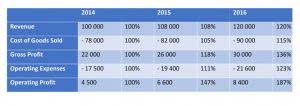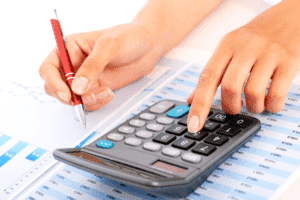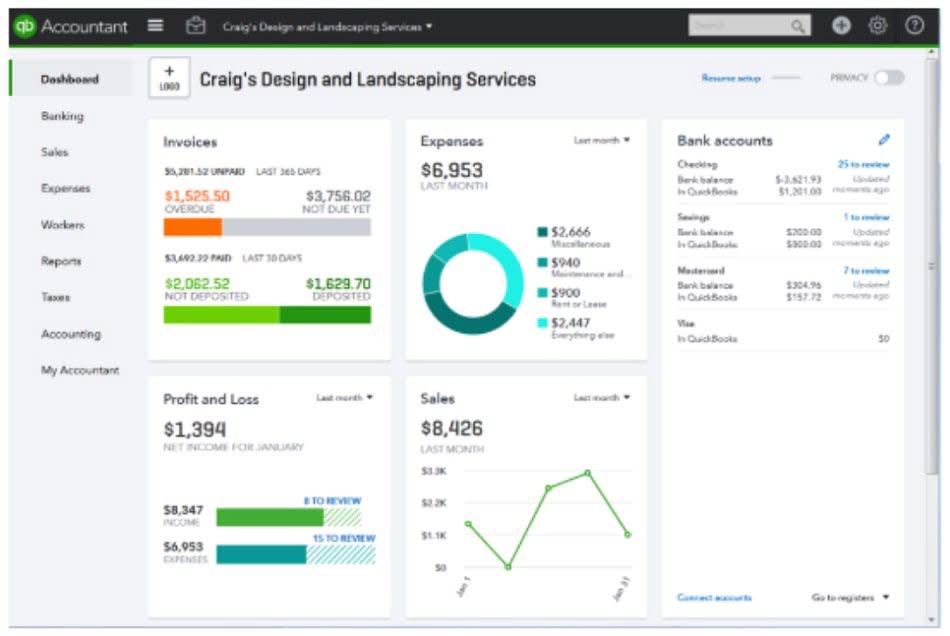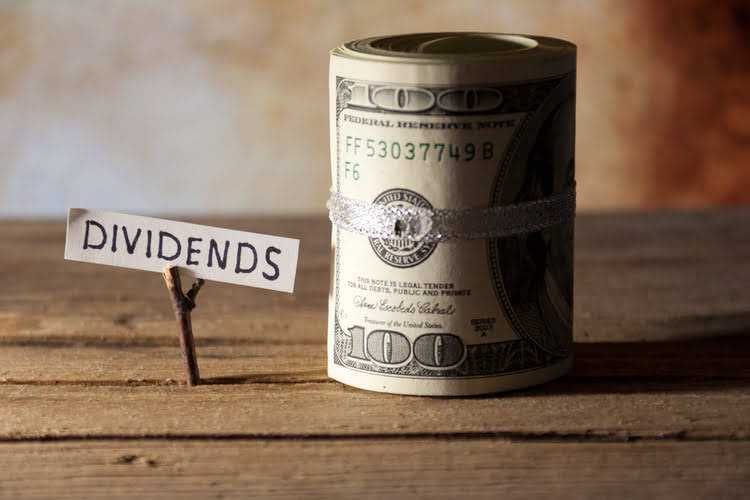¡Tu carrito en este momento está vacío!
Control Accounts

It ensures accurate recording of all purchase transactions, helps maintain good supplier relationships, and provides essential data for financial management and reporting. In summary, a purchase ledger is an essential component of the accounting system that tracks and manages all purchases made on credit by a business. It helps businesses maintain accurate records of accounts payable, manage cash flow effectively, and fulfill their financial obligations to suppliers in a timely manner. The Purchase Ledger, also known as the Bought Ledger or Accounts Payable Ledger, is a subsidiary ledger that records all transactions related to credit purchases made by a business.
- In a purchase ledger role, you will often need to speak to other team members to get authorisation for invoices to be paid.
- Meanwhile, an auditor views these records as a key component of internal controls, ensuring that the company’s financial health is not compromised by errors or fraud.
- By leveraging cutting-edge software and automation tools, businesses can streamline their purchase ledger operations, reduce manual errors, and free up valuable time for strategic tasks.
- Furthermore, the sales ledger plays a vital role in managing customer relationships.
- The purchase ledger serves as a valuable tool for budgeting and financial planning initiatives, offering a clear overview of expenditures and aiding in forecasting future financial needs.
- The treatment mentioned above is mainly for the scenario where the purchase had been made on credit.
Business is Our Business
The purchase ledger and the purchase ledger control account are important elements in bookkeeping. The accounts payable subsidiary ledger does not form part of the double entry bookkeeping process. The purchase invoices are also used to enter details of the purchases from each supplier in the accounts payable subsidiary ledger. The two main transaction types for accounts payables are credit invoice purchases transactions, and the payment of cash to suppliers. The total amount owed to suppliers at any given time, as shown by the purchase ledger, should equal the balance on the accounts payable account shown in the general ledger. A purchase ledger is a recording transactions financial record that tracks all purchases made by a company, including invoices and payments.
Learn best practices for purchasing, finance, and more
They may be accessible only to authorized individuals and may record transactions of capital, drawings, salaries, etc. Ultimately in this scenario, no entries should be recorded as no expense has truly been incurred under the accruals concept. However many finance teams realise that ignoring an invoice can lead to it going missing/unrecorded and therefore an entry, essentially the opposite to a GRNI accrual, may be recorded.
- They may be accessible only to authorized individuals and may record transactions of capital, drawings, salaries, etc.
- Hence, the overall value of the goods that are recorded is essentially deducted from the purchases that have been made.
- They serve as a record of a company’s financial transactions and play a vital role in maintaining the purchase ledger.
- It records purchases specifically made with suppliers and shows which ones have been paid and which are still outstanding.
- Negotiating favorable payment terms with both suppliers and customers plays a crucial role in balancing the cash flow position.
Financial Statements for Manufacturing Businesses

There are numerous benefits to keeping a purchase ledger, including the ability to keep track of each purchase ledger supplier or vendor account individually. It can be seen that Debiting Payables is a reduction in liability, whereas crediting purchase returns is a decrease in expense. The main reason for not deducting it directly from purchases is to keep the accounting records properly maintained for auditing and internal controls.
- From the perspective of a financial controller, this means maintaining a ledger that reflects timely payments and accurate transaction records.
- These tools often provide automation, real-time syncing, and comprehensive reporting capabilities beyond what Excel can offer.
- For a procurement officer, they are crucial in managing supplier relationships and evaluating contract compliance.
- Integration provides a real-time view of outstanding liabilities, aiding cash flow management.
- Both purchase ledger and sales ledger roles involve working with the broader business.
Nominal Ledgers are ledgers that Mental Health Billing contain the summary of the transactions of an entity. They are used to record transactions and prepare statements of profit and loss to understand the entity’s financial position. Yes, the data in a purchase ledger can be used to analyze spending patterns and make projections for future expenses. Adhering to payment terms is not just a matter of compliance but also a way to uphold trust with suppliers and vendors, fostering stronger business relationships based on reliability and integrity. If you’re a start-up or an entrepreneur, it might seem as though recording these details is a basic process.
Sample Excel Request Form Examples
The general journal is an accounting record of any company’s financial transactions. Each transaction that a company produces throughout the year is recorded in its general journal. A purchase ledger template can be precisely defined as a type of ledger that concludes all the purchases made by an enterprise during a certain period of time. Businesses make numerous transactions with clients and other businesses on a daily basis.
4- The biggest benefit which a purchase ledger provides to an organization is the facility to adding a continuous ordering system. 3- A purchase ledger provides absolute access to management to take a look at historical activities with any party. During the closing time be it the month-end or the year-end, there are certain things that you need to do for the closing process. You can download this sample to check out the system that is adopted during then closing. Purchase ledgers and sales ledgers are valuable resources that allow you to track both incoming and outgoing funds, with numerous templates available to download.


The purchase ledger should be updated any time a purchase is made by credit, as cash purchases would be recorded differently. Though it’s best to have an individual account for each supplier or vendor, small businesses may prefer to record purchase transactions in a single ledger as they are received. Let us understand the advantages of hiring a purchase ledger clerk who ensures all entries relating to this account are maintained in a meticulous manner. It helps the purchase ledger clerk monitor all the purchases made by the company during the period and ensure that sufficient purchases are made. If the accounts don’t balance, then you need to have a look through the individual transactions to find out where the error is. The information posted to the accounts payable control account and the source of that information are shown in the table below.

Now you’re in control
Reconciling the purchases ledger ensures the accuracy of financial records by verifying that recorded transactions match supplier statements and invoices. Comparing ledger entries against supporting documents identifies discrepancies such as duplicate entries, incorrect amounts, or missing transactions. Promptly addressing these issues maintains accurate records, avoids misstatements, and ensures compliance with accounting standards. Under GAAP and IFRS, accurate accounts payable recording is necessary for the balance sheet, reflecting short-term liabilities. Its data feeds into the accounts payable section, ensuring financial statements present a true view of the company’s position. Additionally, it supports compliance with tax regulations, like IRC Section 162, governing business expense deductibility.
por
Etiquetas:
Deja un comentario